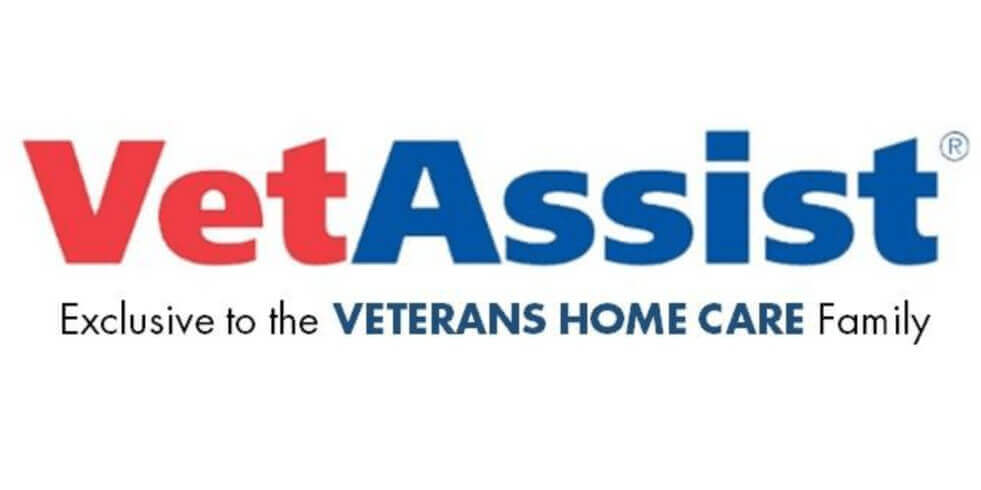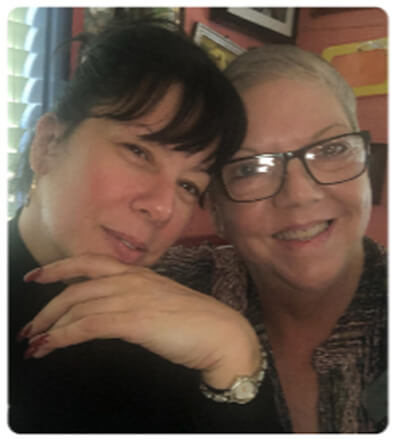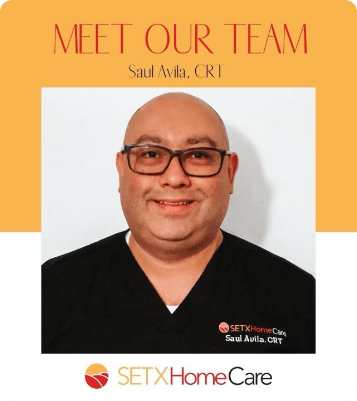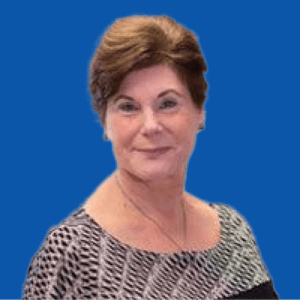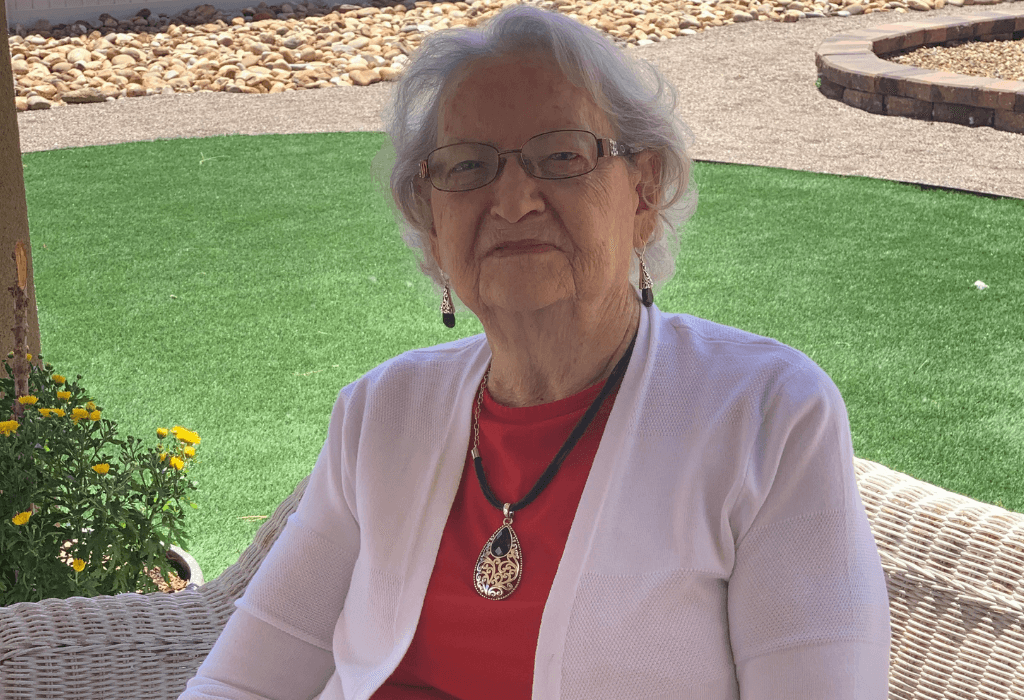
her call for emergency help.
“It’s incredible what we have nowadays. I’m a country bumpkin — when I was growing up, we didn’t have 911,” says Bonita Hoyle, an 86-year-old grandmother. Lately, she has taken to the latest new assistive technology called VetAssist Companion® with gusto. “It’s wonderful to me, to be able to speak and get a response,” she said of her 24/7 voice-activated, medical alert system, complete with the fun and intelligence of Alexa®. “It couldn’t be simpler. It’s kind of fun.”
What is Assistive Technology (AT)?
Assistive technology includes any equipment modified or customized, software or service that allows disabled people to increase, maintain, or improve functional capabilities.
Voice-activated, Pre-Programmed Assistive Technology
The Companion system is designed for seniors. Bonita’s was also pre-programmed just for her to call family members and friends. It’s assistive technology that comes ready right out of the box.
At first, Bonita began learning to use her system for day-to-day chores.
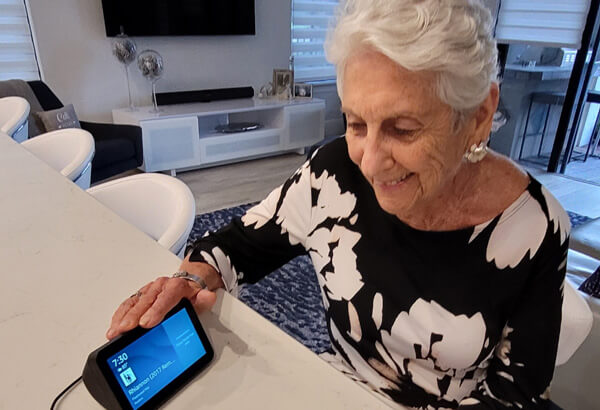
Alexa, Call for Help!
“For several days, I was getting weaker and weaker, but there was nothing specific,” she said. “One night, I woke up at 3:30 a.m. and thought, ‘That’s enough of this.’” Thanks to the preprogrammed VetAssist Companion, she could summon 911 easily. “All I have to do is say, ‘Alexa, call for help.’” The response team that answered her call and dispatched emergency paramedics also alerted her family members who live nearby.
Bonita spent two nights in the emergency room to check her oxygen levels. Her blood pressure was too high, she was having shortness of breath, and eventually, the ER did a urine test that showed a bladder infection. Soon, she was back at home and feeling better with greater appreciation for assistive technlogy.
Bonita Had No Idea that She Qualified for VetAssist
VetAssist Companion technology is just one facet of the VetAssist Program®, which covers a variety of services, including an in-home caregiver, all with no out-of-pocket costs for eligible wartime veterans or their surviving spouses. “I didn’t even know about it. It’s like an angel for me, the whole VetAssist Program,” says Bonita.Married and Raising a Family in Out West
Bonita was married to Glen, a Korean War vet, for almost 70 years. They wed in 1951 when they were teenagers. They moved around the West a number of times, living in Dallas and Albuquerque with their six children before settling in Farmington, New Mexico. She had a 30-year career in cosmetology and saw something of what could happen as people age and become less self-sufficient. “I had seen people who wouldn’t give up driving,” she said. She didn’t want to be that person.
Bonita beat a number of challenges over the years, including being diagnosed with breast cancer at 78 and her husband becoming an alcoholic because of back pain.
When Bonita was in her 80s, she and Glen moved to the Farmington/Kirtland area, in the northwest corner of New Mexico, where two of their daughters lived; a third daughter lived nearby as well. By then, their family expanded to include 19 grandchildren. “I didn’t want to make our kids travel long distances to help us out,” she said. When she was 85, “our kids had moved us to a new home,” but almost before the Hoyles had time to settle in, everything changed. Glen died five weeks later and their oldest daughter and Bonita’s twin sister also died around then.
How Bonita Found Out That She Qualified
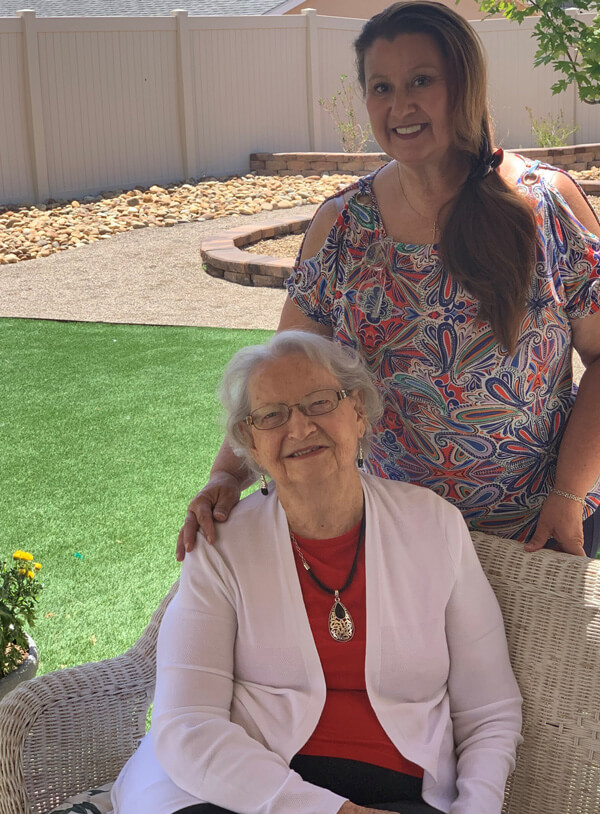
How to Get Care and the Latest Assistive Technology
Veterans Home Care’s VetAssist Program, including the VetAssist Companion technology, is available with no-out-of-pocket costs to those who qualify. Others can purchase the same technology service, branded as SmartCompanion, through the Veterans Home Care family of companies.
